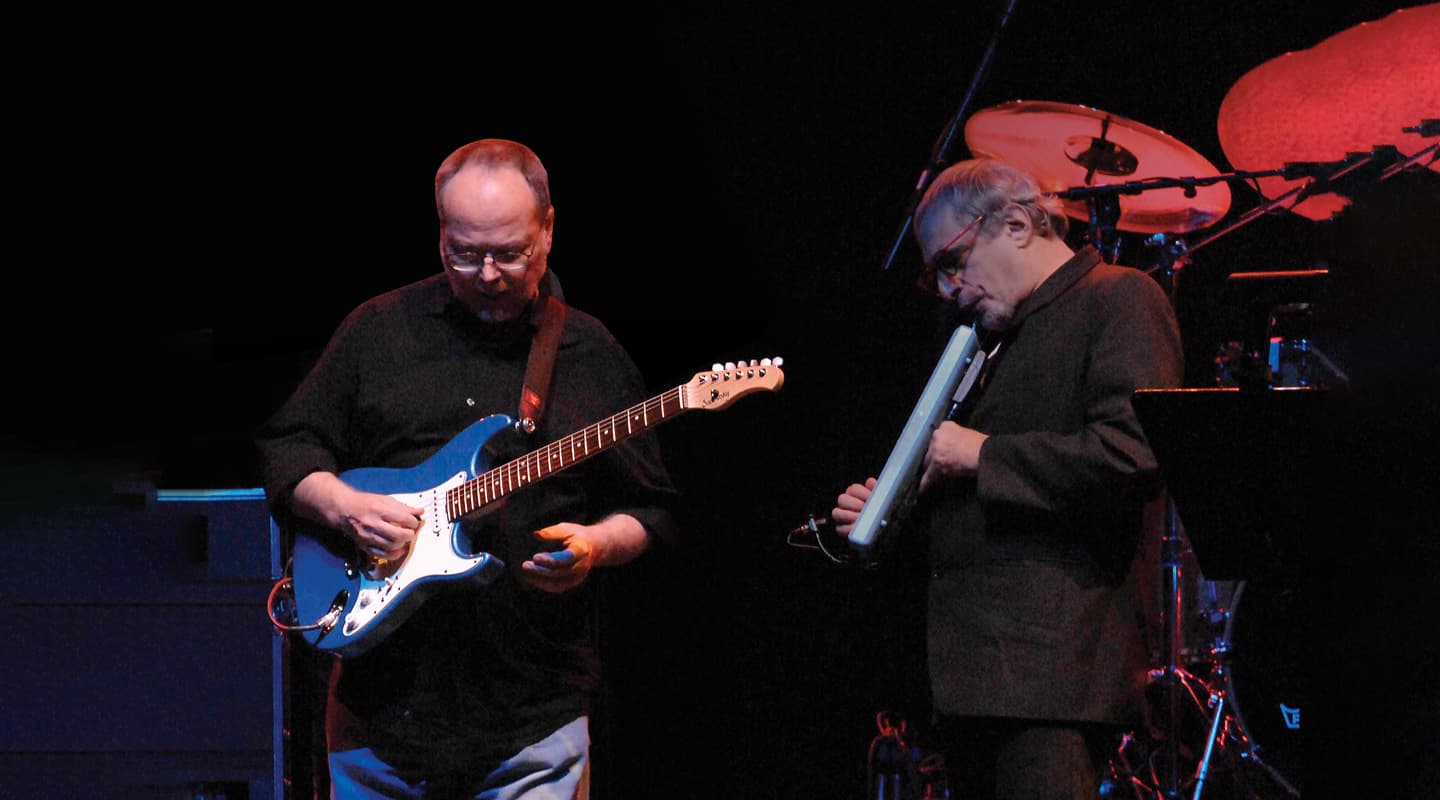
Steely Dan Live
They’re probably the most feted sonic perfectionists in the world today – revered by system engineers the world over! So how do you mix the holy grail? AT finds out.
Text: Mark Davie
Steely Dan has probably played through more PAs than any other band. Well, maybe that should read been played. Walter Becker and Donald Fagen’s back catalogue can be heard echoing in empty concert halls and arenas across the globe – Steely Dan has for some time been the discerning engineer’s recording artists of choice for tuning PAs. Given a Steely Dan gig is a rare occasion – even rarer in Australia – it’s sometimes difficult to imagine Steely Dan the band coming out of the PA, and not just Steely Dan the CD. Sure enough, Walter and Donald have entrusted their live sound to one man and he’s known simply as JR.
Shuffling through the back door of Rod Laver Arena in Melbourne, relying on a two-letter name as a golden pass, and hoping to goodness the production manager isn’t as particular as a Steely Dan audience, I eventually find JR (actually christened John Robbins) taking a kip on the couch. My intrusion on his much-deserved afternoon respite goes overlooked as he trundles me off towards front of house for a glimpse inside the inner workings of Steely Dan’s live show.
I guess it shouldn’t have come as too much of a shock – given Steely Dan’s reputation – but JR champions the sound of analogue mixing consoles and is known for his superbly detailed mixes. He’s a giant of the game and the go-to engineer for the likes of Prince, Yes, John Mellencamp and of course, Steely Dan. Despite such an impressive resumé, it’s apparent JR is no prima donna – after quickly sizing up if you’re actually interested or not, he’s happy to reveal his trade secrets, which can be quickly summarised thus: analogue, mono and no effects.
NO FX. NONE. NOT A SKERRICK
Mark Davie: It’s hard to think of another band that would be more particular about its sound. What early conversations did you have prior to the tour?
JR: I asked them about effects and they told me that they didn’t want to use too many – it would come across as being pretentious. Steely Dan’s sound is more about layering than pulling off impossible things live. But we seemed to be on the same wavelength and they liked what was going on, so they left me to my own devices. They’ve come out front maybe four or five times in two years.
It seems it’s my lucky day; towards the end of soundcheck Walter and Donald take a stroll out through the stalls. A genuine thumbs up from Walter sees at least one part of ‘Dan’ on board with JR’s mix.
MD: Obviously they must care though? They’re some of the world’s most famous perfectionists.
JR: Oh yeah, they care. But they let me go for it. Take for example, one day I didn’t have any effects, and I liked it, so I didn’t use them again.
MD: No effects whatsoever?
JR: Zero.
MD: Snare drum? Vocals?
JR: There’s plenty of natural reverb. Big room go boom.
Midway through the set that night, JR turns to me, asking “do you know that song, ‘Black Friday’, that they just did? There used to be big echoes in there. When they told me they didn’t want that, I thought, ‘this isn’t going to be an effects band’.”
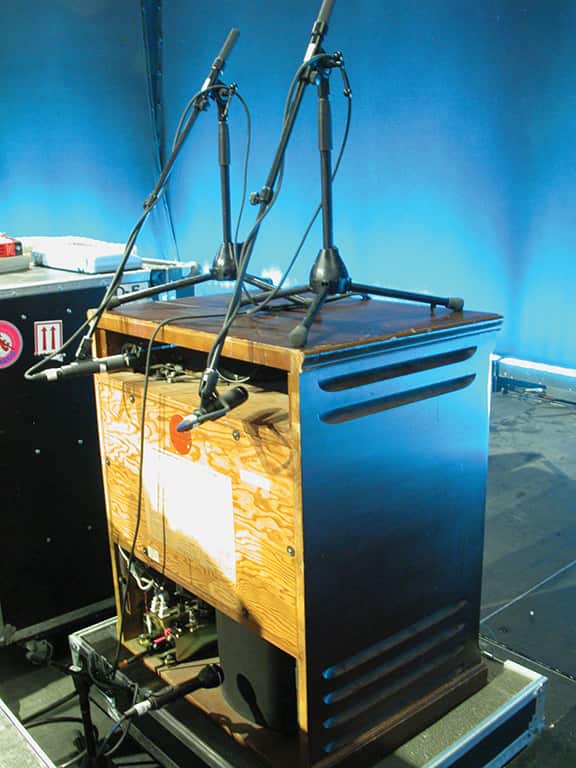
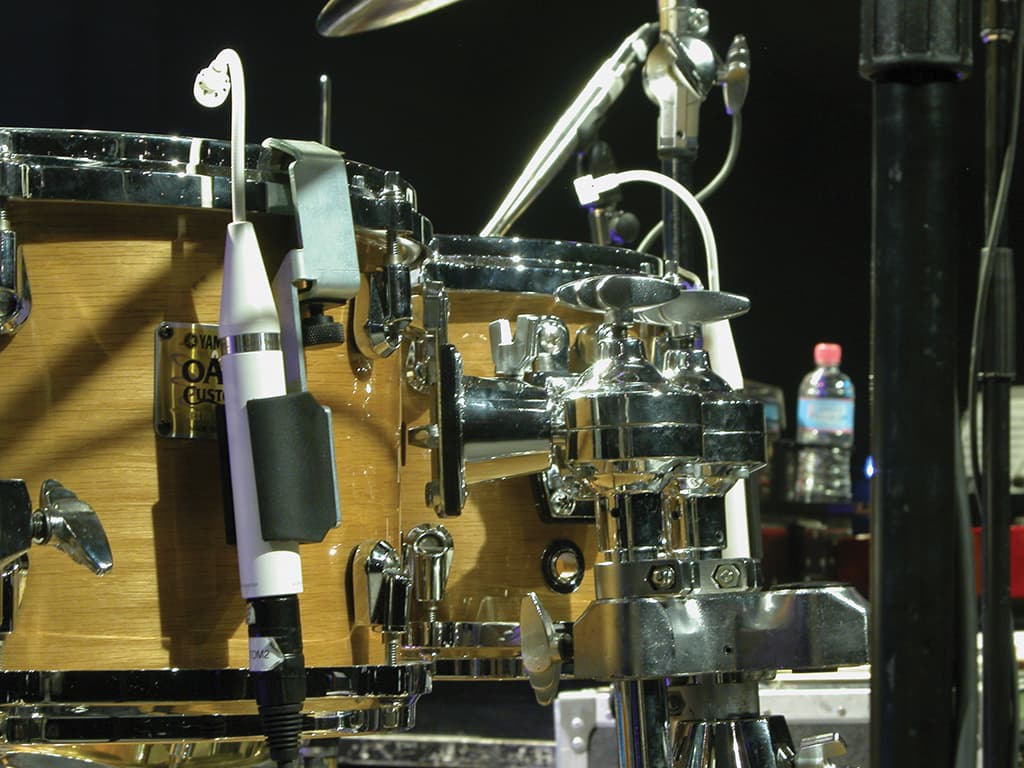
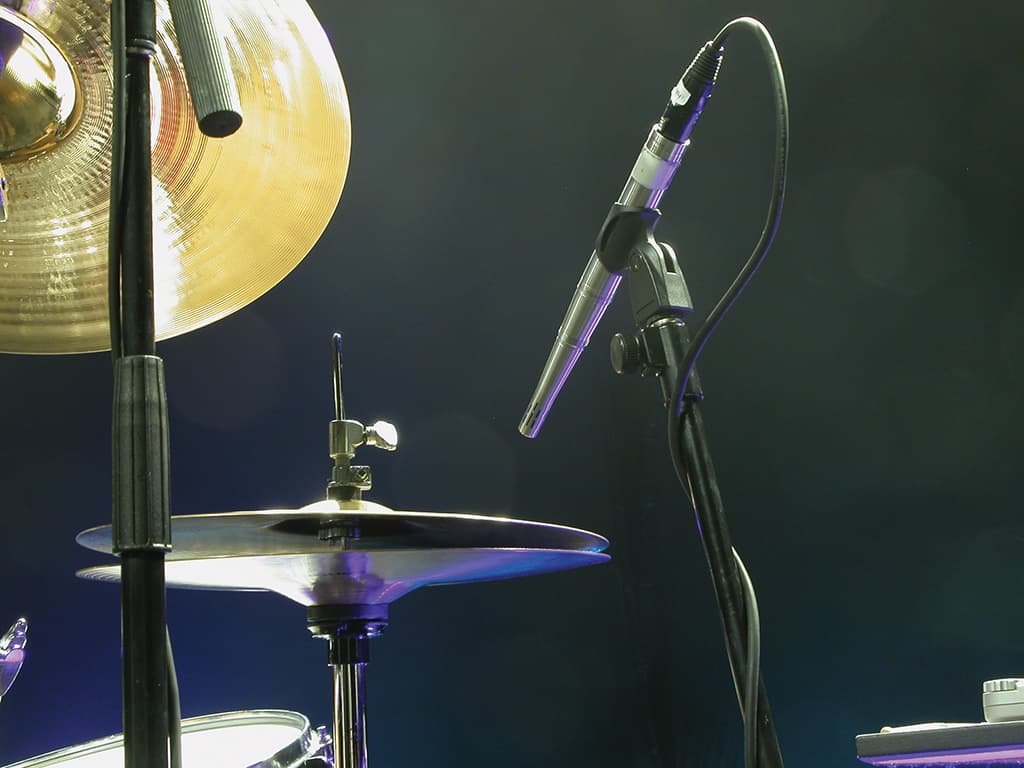
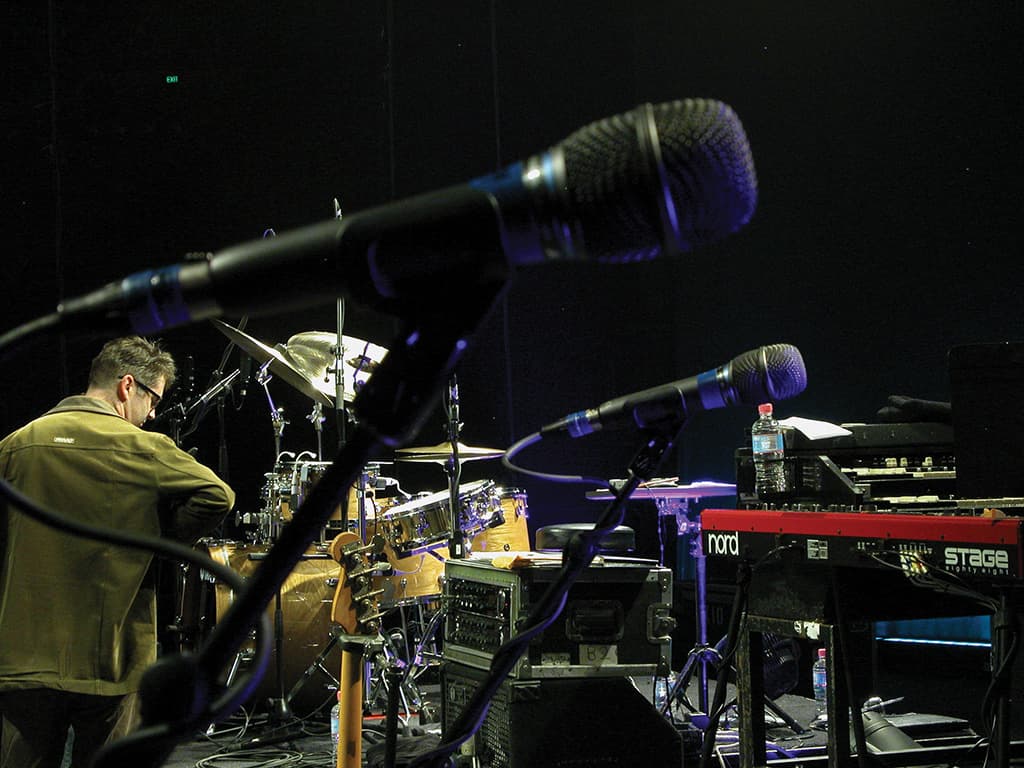
LAYER UPON LAYER
JR talks a lot about giving the audience exactly what they demand. They know the recordings inside out; and it’s not just the famous hooks or the big chorus, it’s all the intricacies, the subtle harmonies and layering. It’s here that JR really does excel – he reveals all the detail as and when it’s required.
MD: How does this show keep you busy?
JR: I’ve kept things very simple: I don’t have any effects, there’s no panning – everything is mono – and I rely on compressors to rein in any unexpected level peaks. This band, because of how dynamic the musicians are, will almost mix itself. But I’m always hands-on – I finesse the layers, every moment of every song.
MD: Can you describe to me what a layer might be and what you’re finessing?
JR: For me the way I interpret it when I listen to the albums: everything has its own place. But if you can’t hear something where it should be in the mix, even though it might hardly be there, you’ll miss it. So when I say ‘finessing’ I’m ensuring all the elements that sit in the same frequency spectrum – whether that’s guitars, horns, keys, vocals – aren’t stepping on each other’s toes by attenuating the thing that’s in the way. So I pull back more than I push anything up and I attempt to maintain a smooth overall level.
MD: So no +6dB fader creep?
JR: No – no creeping fader syndrome here. Fader creep is often about searching for more power as the night wears on – pushing the kick drum. But this band is not about the kick drum; it’s a bit part rather than the foundation. For us it’s more bass guitar and hat.
MD: So what have you got grouped on the VCAs?
JR: Drums, guitars, keys, Donald’s keys, backing vocals, vocal and horns. Simple.
MD: That’s seven faders. What’s that on the eighth VCA?
JR: That’s my ‘Band’ fader. I’ve got my entire band (everything except the vocals) on the one fader. If the show starts and they’re not singing loud enough, or singing much louder, then I can get the mix to gel real quick with one little-bitty scootch – I’m not grabbing a whole bunch of faders to make it work. It was actually an idea given to me by Big Mick [FOH engineer for Metallica et al]. He calls it the ‘Get Out of Jail’ fader.
True to his word, for the entire show JR gently finesses the layers of sound that are controlled by the VCAs. If you’re searching for some secret move, then a peek over his shoulder reveals very little; just incessant, yet gentle and minute, fader moves that belie a deep understanding of the material and what is required to manage the level of one part without sacrificing another. This constant manipulation keeps everything where it should be: the level readout on the audio analyser, which sits out of sight of the mixer, barely deviates from the 100dB speed limit for the show’s duration.


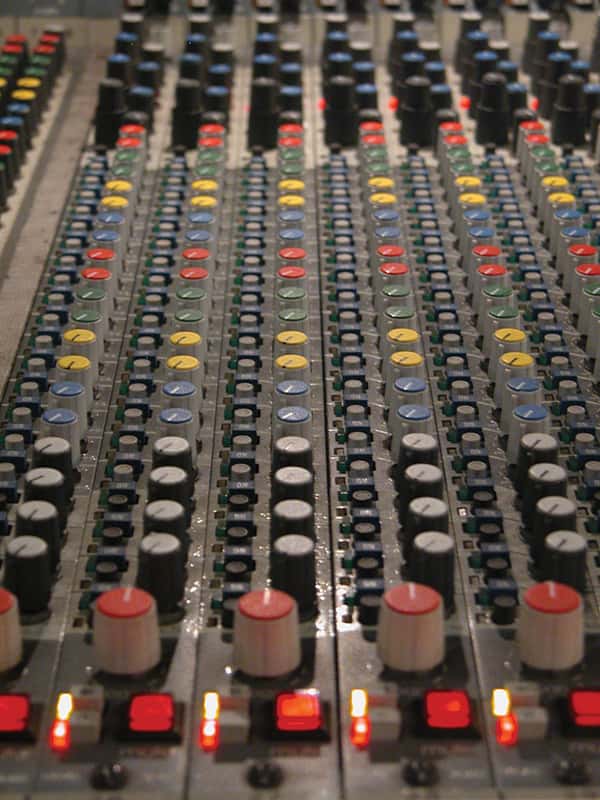


SHAPING WITHIN LIMITS
MD: Are you someone who gets their mic choice and mic placement absolutely perfect and run all the channels flat; or do you hack away with EQ?
JR: I get the mics right, but I’m not afraid of the EQ. I pick out the dominating, identifying frequency of each instruments and highlight it, and lose everything else with high and low pass filters: everything gets a lot of high- and low-pass filter treatment… big time.
MD: Even though you’re obviously altering the overall natural tone of the instrument by doing that?
JR: Absolutely. If you solo one of my VCAs it won’t sound natural at all. But in the mix – blended with the other instruments – it sounds natural. That’s why I filter so heavily – highlight what identifies the instrument, because everything else is just noise.
MD: In effect, you’re using EQ to interpret the recordings – what people are expecting to hear from the CD.
JR: Yes, because that hi-fi studio sound doesn’t translate the same in this big uncontrolled, hostile acoustic environment. This is not a control room; and I’ve got to work with the environment I’m in. When I push up our band’s baritone saxophone, I hear low mids, and I accentuate that. You’re going to hear the baritone saxophone sitting perfectly in the mix because I’ve picked out its identifying characteristics and worked with them.
MD: So, it’s not just a matter of filtering what it isn’t, but it’s a matter of accentuating what it is?
JR: A little of both but mostly it’s a case of getting rid of everything around it. There’s not a lot of top on the guitars, there’s not any bottom on them – all of the bottom’s carried by the bass guitar, and a little by the kick drum. It’s about getting everything out of the other thing’s way, and when it all comes together – that’s a good feeling.
Craziest thing I’ve ever heard… ‘What size wire do you use on your 18s?’ What? Why?!


LINING THEM UP
Jands Production Services supplied the system. JPS’s Vertec rig has been teamed up with the Dolby Lake Processor, and it’s been like a dose of salts. JPS System Engineer, Nick Giameos, had the PA singing, but humbly pointed to JR’s finetuning as being the icing on the cake.
JR: I love the Lake processors. Always have, I’ve used them with Clair Bros ever since they’ve had them in the States. The Vertec is one of my favourite line arrays.
MD: I would have picked this band as perhaps being more a V-DOSC band. I would have thought Vertec was a bit more ‘balls out’.
JR: Well, we used the i4 [Clair Bros. proprietary line array] all last year, and that was great for Steely Dan. JPS’s i4 was out of town this time ’round, otherwise I would have used it. However, the Vertec is prettying up very nicely. That’s a problem with a lot of line arrays – they’re not pretty – they put sound where it needs to go, but they’re a little abrasive sometimes. But this has done well. Maybe it’s the Lake Processors, I don’t know, maybe the system guy knows what he’s doing – probably a bit of both!
XL PHILE
Pressure is being brought to bear on JR to find a digital console he likes. And he won’t say that he doesn’t like them, he just likes the sound of an analogue console better. And until it stops working he’s going to keep putting fear into the hearts of hire company technicians who’d rather put the Midas XL4 out to pasture than out on the road. For the minute, the analogue desk works impeccably, probably because JR only has one snapshot to trouble the system with. And no complaints from what one would expect to be the most finicky audience in the world.
JR: It’s actually much worse with Yes. They [the audience] line up to talk with you after the show. They’ll ask you cosmic, tweaky things – less audiophile and more gearhead. Craziest thing I’ve ever heard… “What size wire do you use on your 18s?” What? Why?!



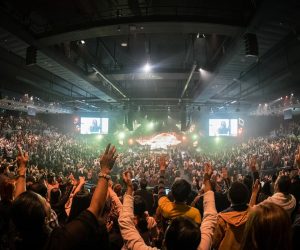

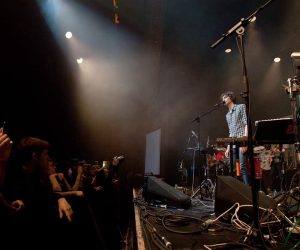

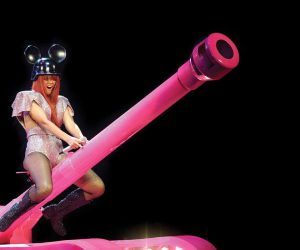
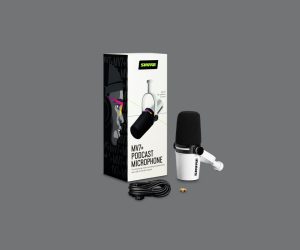
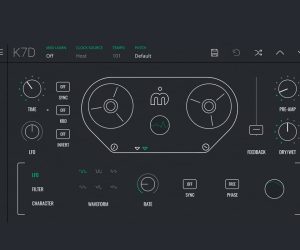
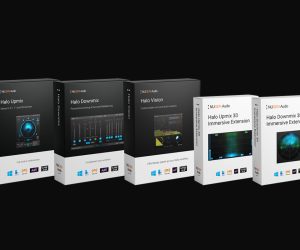


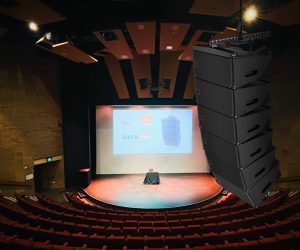


RESPONSES